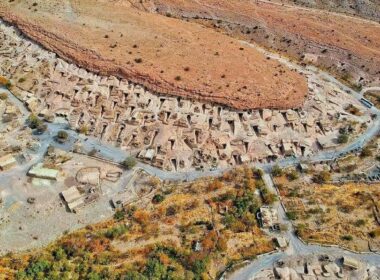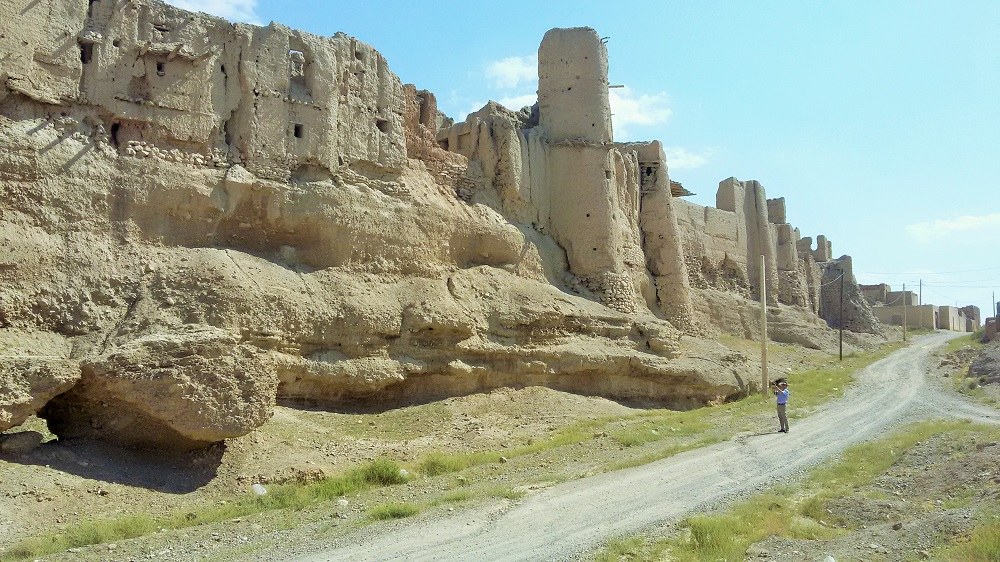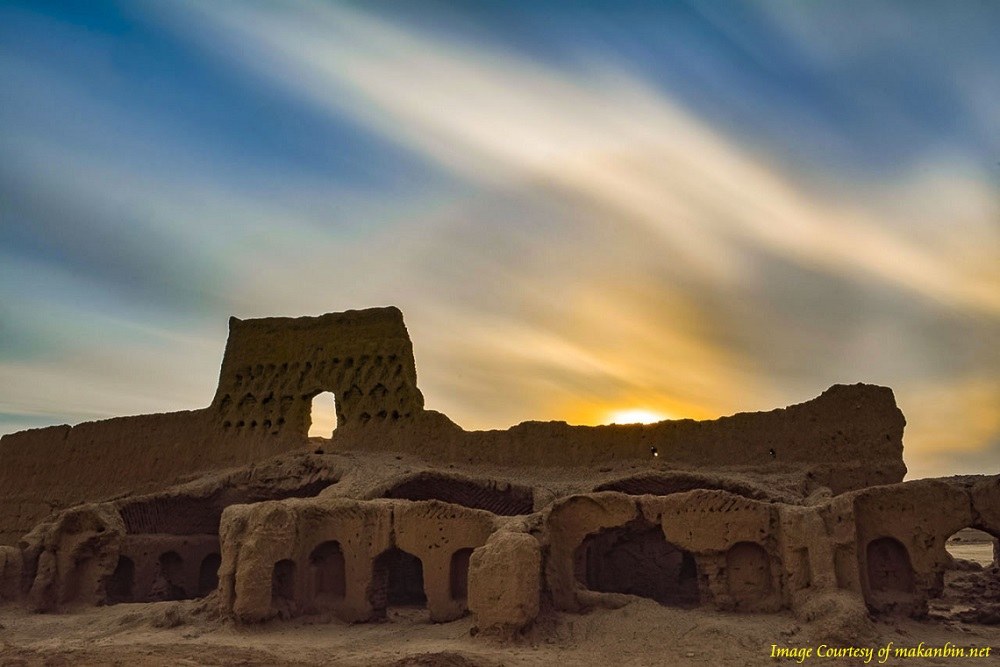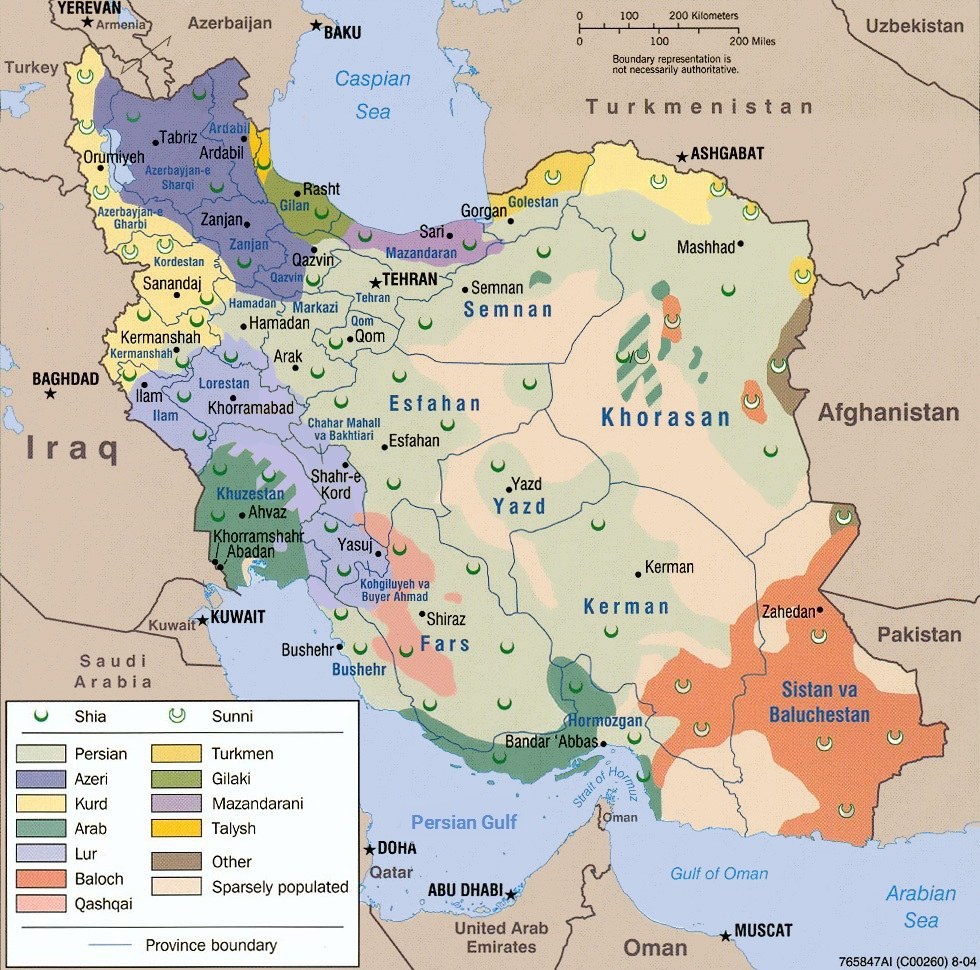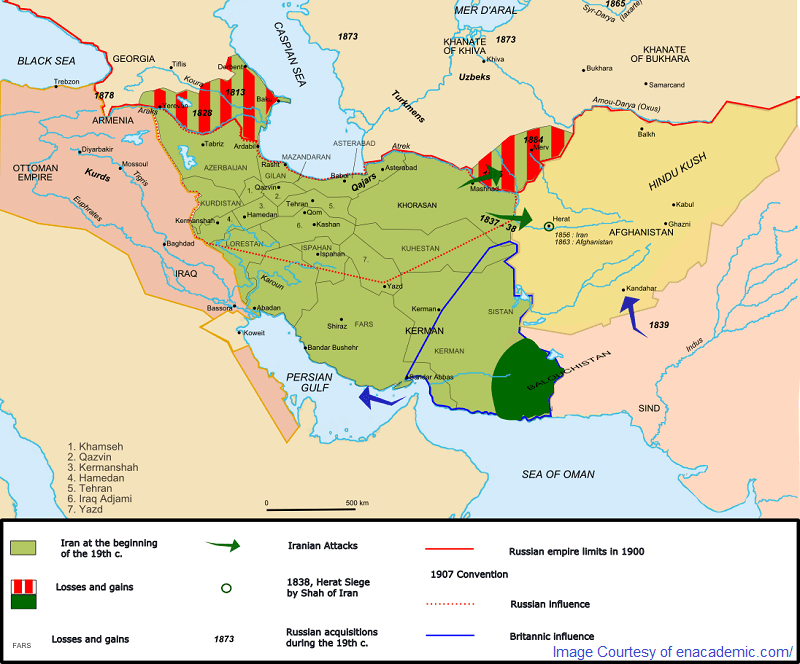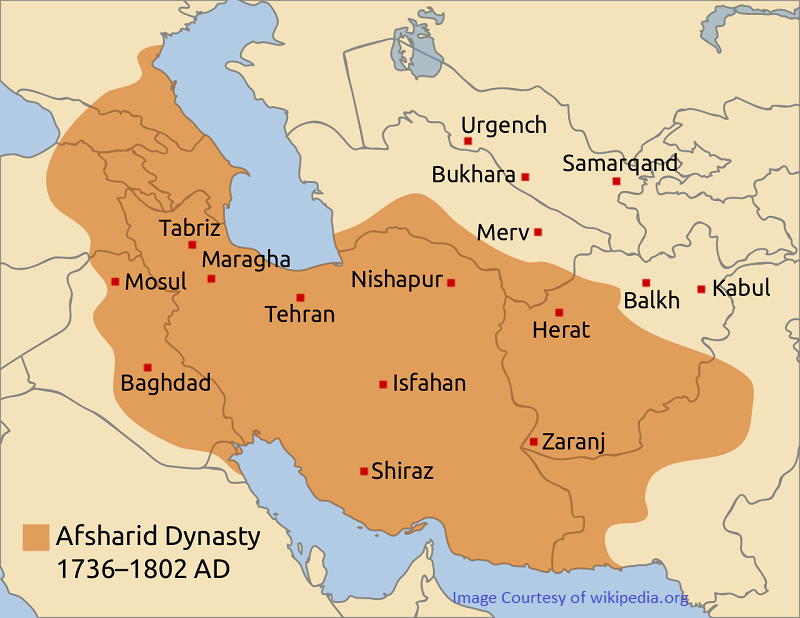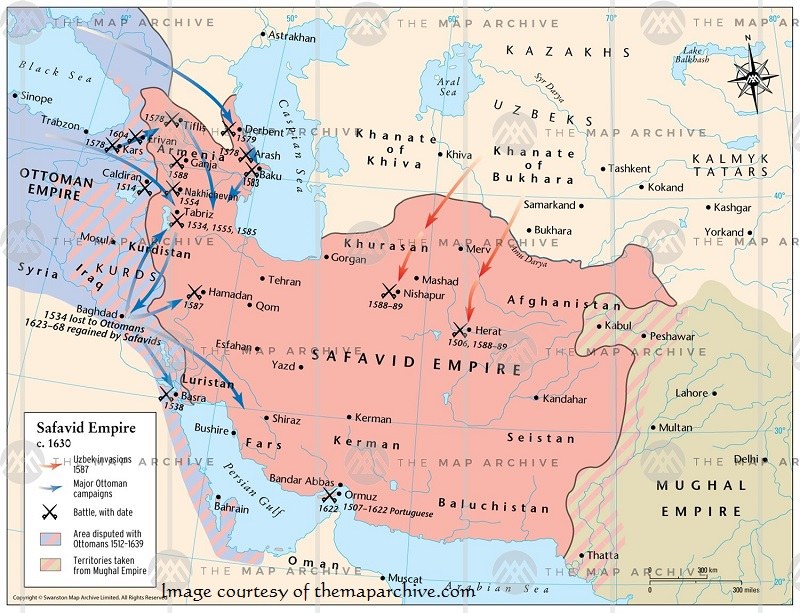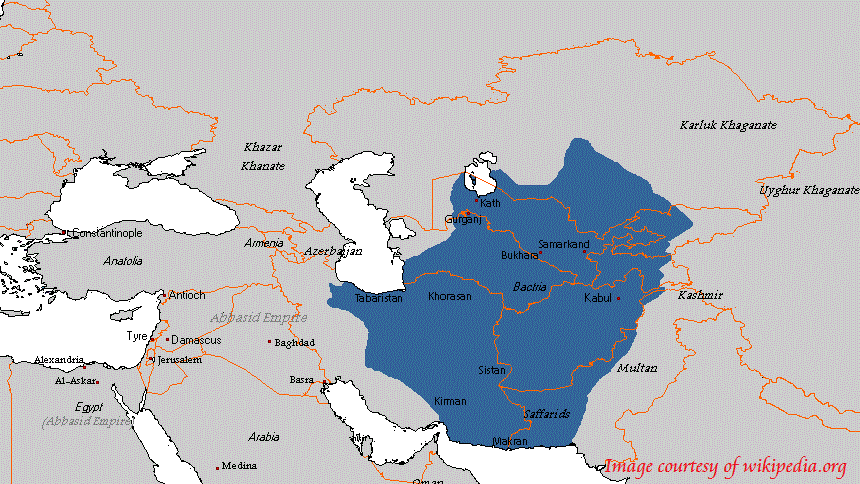
The history of Samanids indicates that they had inherited the obedience to Baghdad’s caliphate system from Taherids. Bukhara was the capital of their inherited independent-like rule. Samanid rulers were titled Amirs.
Amir Ismail, the founder of Samanids, was a justice lover Muslim as well as a restless warrior. Obeying Baghdad’s caliph, he overthrew Alavids from the power in Gorgan and Tabarestan. Amir Ismail had Yaghub Leith arrested to show his loyalty to Mo’tazed, the Abbasid caliph. As a result, he succeeded to regain Khorasan from Saffarids after they had dethroned Taherids there.
Realm of Authorities during the History of Samanids
Samanid Amirs (rulers) received their official ruling mission letters from Baghdad. They had to submit the budget expenditure reports officially to the caliphate system. At the time of war, they were responsible to take care of caliph’s life. They minted coins in the name their incumbent caliph. Also, congregational prayer sermons were delivered in the name of him.
They sent more or less valuable presents to Baghdad’s caliphs. The new caliph also approved and extended the Amirs’ ruling period by presenting Khal’at (clothes) and a written appointing command.
Apart from these official declarations of submission, Amirs were completely free and independent in any other things in Khorasan, Transoxiana, and Sistan. Amirs could deal with their domestic affairs, establish order and justice, appoint and dismiss ministers and agents, consult clergies and observe religious principles in executing verdicts. This could legitimize their rule among their own people.
Besides, disobeying them could have meant divergence from the Muslims’ absolute power. Whenever their territories were threatened by non-Muslim Turks, everyone was ready to defend the territories under the name of “holy war” against non-believers.
Samanids’ Achievements
As a consequence of their particular type of ruling system, Samanids succeeded in establishing security and stability and reached their other goals by getting along well with sharia (religious law), reviving Iranian culture. Most of Khorasan populations’ mindset was dominated by strong anti-Arab sentiments. This orientation could not reach anywhere due to the ruling dynasty’s noble/feudal-like roots under the pretext of which they connected themselves to the families living there for a long time.
The history of Samanids shows a great number of steps toward the revival of Iranian culture. As a result of the Samanid Amirs’ support, several talented poets emerged. They turned to become the memorable luminaries of Persian literature like Roodaky, Daqiqy, Shahid, and Kasaee. They persuaded Roodaky, the great Iranian poet, to convert “Kelileh va Demneh” into poem. Some valuable history books were written like “Tafsir va Tarikh-e-Tabary” (Tabary’s Interpretation and history) and translated like “Tarikh-e-Bal’amy” (Bal’amy’s History). In general, Persian literature and poetry were promoted.
Samanid Amirs established a large library in Bukhara that has been well-remembered by Avicenna. Ferdosy’s epic book, Shahnameh, was composed during their rule in Khorasan. They also had great roles in spreading Islam and wisdom in their territories. Turks converted to Islam as a result of their enthusiastic activities in the areas where they lived. Samanids had made Bukhara a center of scientific and religious studies like Baghdad.
Ilak khanids were a group of people who finally attacked the realm of Samanids and gained a victory. Ilak khanids ruled more than two centuries in Transoxiana. The interesting point is that their language was Persian in Samarqand and Bukhara. They also corresponded in Persian. Ilak khanids called themselves the sons of Afrasyab. This shows to what extent they had been influenced by Iranian culture and the mythical world of Shahnameh. Even their poets and authors created their works in Persian.
Collapse of Samanids
Most of the assistant governors of Samanids’ court were from among Turk slaves. Ultimately, they resisted against the power of Samanids and caused turmoil and instability in their territories.
As Turks and Daylamite were in some political conflicts in Baghdad’s court, Samanids could not get help from them. In addition, the last Samanid Amirs were too young to efficiently rule. Several Amirs and others claimed the power too.
The history of Samanids indicates that they had suppressed the uprisings of Ismailis and Daylamites in Bukhara. Then, another Shiite uprising occurred in Neyshapur for the suppression of which Samanids had not shown much determination and passion. Sunni clergies did not approve that attitude. Therefore, some disagreements were lifted up among the people in power. The Samanid court submitted to the will of the clergies. This let weakness into the structure of Samanids’ power.
Samanids’ army had consequently become dissatisfied due to their poor budget and lots of successive uprisings. Muftis had gained power in the Samanids’ court. During their rule, the budget was very poor, taxes were very high and dissatisfaction among people and the army were increasing.
Finally, when Bukhara was seized by enemies, Ghaznavids began ruling in Khorasan and Ilak khanids in Transoxiana. Sebuktigin, Alebtakin’s son-in-law and his son, Mahmood, who had been Samanids’ governors in Ghazneh, were very influential in the court of Samanids. Samanid Amirs felt they had to consult in everything with them. They entitled Ghazneh’s governors with very satisfactory names. They even appointed Mahmood as the governor of Khorasan.
The Abbasid calphs of Baghdad also approved this appointment and the history of Samanids got closer to its end. The nightmare of Mahmood’s enthusiasm for Bukhara ’s throne finally came true.
With the new dynasty (Ghaznavids) coming to power, the political ruling system continued in both those regions. The weakened shadow of Baghdad remained there like a politically inherited must as well.


